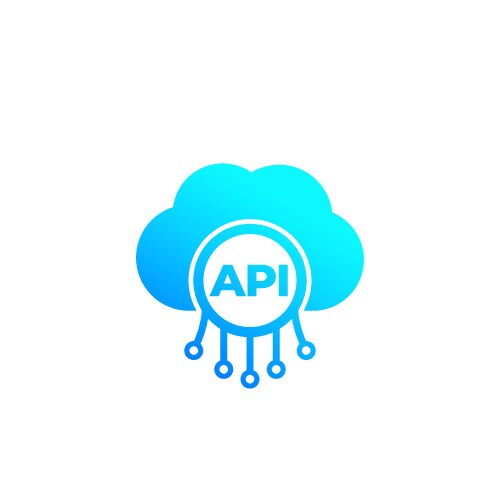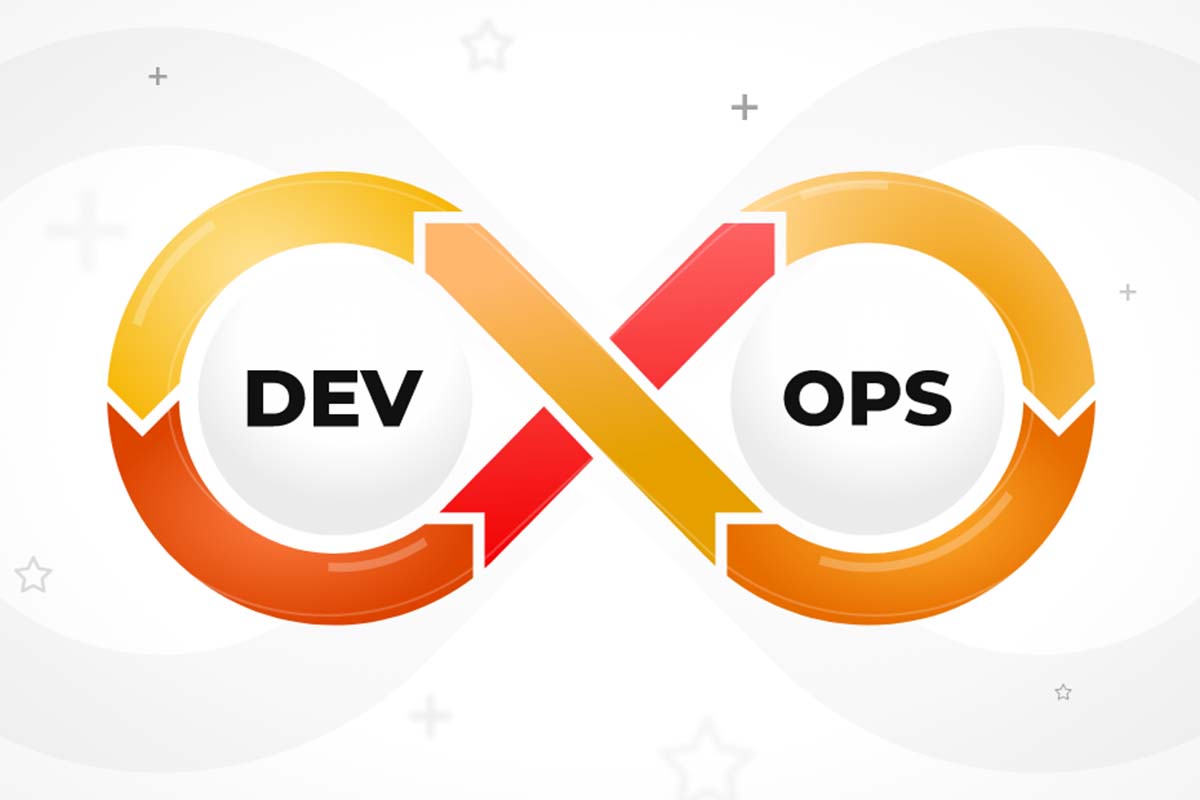
As Generative AI continues to disrupt industries from content creation to enterprise automation, understanding the right technology stack is vital for success. This Generative AI Tech Stack Guide explores the essential components, tools, and frameworks you need to build scalable, efficient, and innovative generative AI systems.
Generative AI tech stack guide
Data infrastructure
Without quality data pipelines and storage systems, model performance suffers. These systems enable scalable data collection, transformation, and retrieval, ensuring your models are trained on relevant, high-quality information.
-
Data Lakes: Amazon S3, Google Cloud Storage.
-
ETL Tools: Apache NiFi, Airbyte, Fivetran.
-
Data Warehouses: Snowflake, BigQuery, Redshift.
Development & training
Core libraries & frameworks:
-
TensorFlow and PyTorch: Industry standards for training deep learning models.
-
Hugging Face Transformers: Pre-trained models like GPT, BERT, and more, fine-tuned for specific tasks.
-
OpenAI API / Anthropic Claude / Mistral: Useful for leveraging powerful models via APIs without building them from scratch.
Accelerators:
-
NVIDIA GPUs, TPUs, and CUDA libraries dramatically speed up model training and inference.

Management & experimentation
Managing multiple models, experiments, and configurations becomes critical at scale. These tools provide transparency, reproducibility, and control across the development lifecycle.
-
MLflow: Track experiments and model versions.
-
Weights & Biases: Visualization and collaboration platform.
-
DVC (Data Version Control): Handles datasets and model versioning efficiently.
Deployment & inference infrastructure
-
Containerization: Docker, Kubernetes for scalable infrastructure.
-
Inference Servers: NVIDIA Triton, TensorFlow Serving, TorchServe.
-
Cloud AI Services: AWS SageMaker, Google Vertex AI, Azure ML Studio.

Application layer & APIs
At this layer, developers integrate generative AI into user-facing applications. This layer transforms raw model outputs into usable services or interfaces.
-
LangChain: Enables chaining large language models with tools, APIs, or memory.
-
Gradio / Streamlit: Quickly prototype generative AI apps.
-
FastAPI / Flask: Build robust APIs to connect frontend and backend components.

Security, monitoring, & ethics
-
Model bias mitigation: Tools like IBM AI Fairness 360.
-
Security: Identity and access management, secure APIs.
-
Monitoring tools: Prometheus, Grafana for system and model performance metrics.

Collaboration & DevOps
Operational efficiency improves when teams adopt collaborative workflows. These DevOps tools enhance reproducibility, speed up deployments, and ensure infrastructure scalability.
-
GitHub + CI/CD: Automate model testing and deployment pipelines.
-
Notebooks (Jupyter, Colab): Collaborate on model experimentation.
-
Terraform + Helm Charts: Manage cloud infrastructure as code.

Choosing right stack
-
Text generation: Use language models like GPT, backed by vector databases.
-
Image generation: Leverage tools such as Stable Diffusion with high-end GPU clusters.
-
Code generation: Integrate codex-style models with custom training data.

Conclusion
Building reliable and scalable systems requires thoughtful selection of tools across the entire AI lifecycle. Whether you’re a startup innovator or an enterprise tech leader, a well-structured stack is the cornerstone of successful generative AI implementation.

